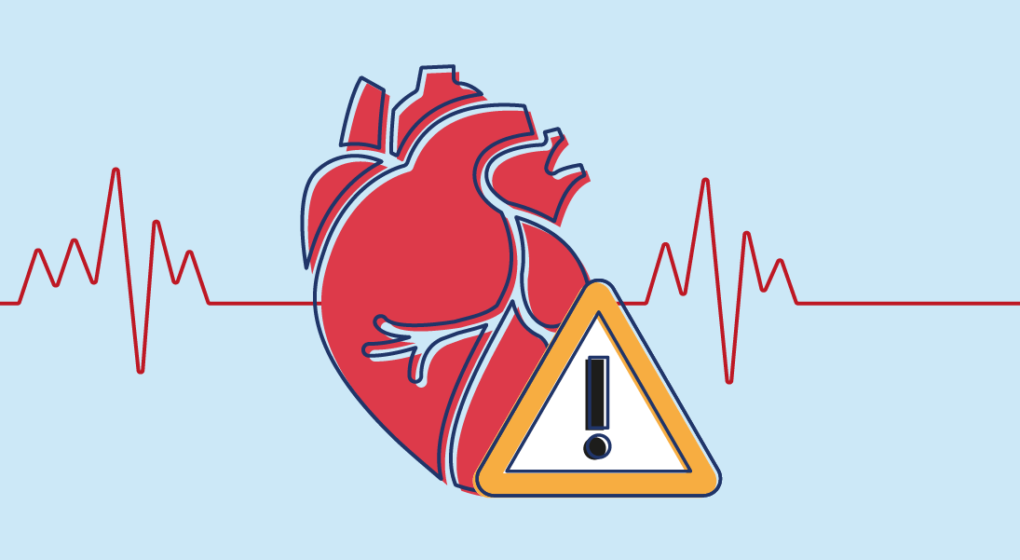Taking charge of your well-being depends on knowing your health, so this knowledge becomes even more vital in relation to bloodborne diseases. Early on, bloodborne diseases including HIV, hepatitis B, and hepatitis C sometimes show no symptoms at all. While an illness silently damages your body, you might feel quite fine.
Understanding Bloodborne Infections
Direct touch with infected blood or other bodily fluids can lead to pathogenic microorganisms-caused bloodborne illnesses. Among the most often occurring and worrisome are bloodborne illnesses, including HIV, hepatitis B, and hepatitis C. These infections have significant consequences on the body and can result in chronic diseases that, if not discovered early on, can seriously impair general health. Though bloodborne diseases are quite deadly, they might go undetectable for years or be confused for less major medical problems.
How Bloodborne Infections Affect Different Populations Unequally
For social, financial, or lifestyle reasons, some groups are more susceptible to bloodborne diseases. For instance, needle sharing increases the danger associated with intravenous drug users; those living in places with restricted access to healthcare might not be routinely checked. Undiagnosed hepatitis B or HIV pregnant mothers run the danger of spreading the virus to their unborn children during delivery. Knowing these differences enables more focused public health campaigns and motivates at-risk groups to seek out testing and treatment aggressively.
Reducing the Stigma
Managing bloodborne diseases is further complicated by the stigma attached to them. Many people skip tests because they worry they will be criticized or subjected to discrimination should they be diagnosed. For individuals impacted, this stigma delays early discovery and stifles honest communication, therefore compromising the result. Reducing the stigma can be achieved by increasing public knowledge of the frequency of these diseases and teaching people about the hazards. Encouragement of empathy and understanding helps to establish an atmosphere whereby people feel free to ask for aid without guilt.
The Role of Vaccination
A great weapon in the battle against bloodborne diseases is vaccination. Hepatitis B is a disease for which there is an efficient vaccination now that greatly lowers the chance of infection. Many times, early after delivery, newborns receive vaccinations to stop mother-to-child transmission. Since there are sadly no vaccinations for HIV or hepatitis C, safe sex and clean needle usage become even more important preventative actions. If at all possible, vaccination offers a further degree of protection and ought to be a mainstay of preventative medicine.
Recognizing the Signs and Symptoms
Although many bloodborne infections are first asymptomatic, as the condition advances, some symptoms may finally show up. More severe underlying problems may be indicated by symptoms like weight loss, fever, night sweats, jaundice—yellowing of the skin and eyes, and tiredness. Many times, people postpone getting medical assistance and confuse these symptoms for common diseases. For those diagnosed, programs offering, for example, freely available Hep C treatment programs can provide accessible care options, making early intervention even more crucial.
Common Ways Bloodborne Infections Spread
Blood and body fluids spread bloodborne diseases. This can happen in hospital environments via shared needles, risky sex, or inadvertent contact with tainted blood. If the instruments used for a manicure or tattoo are improperly sanitized, even something as ordinary as that might be dangerous. Understanding these transmission paths enables you to be cautious in daily life, whether that means making sure sterile tools for bodily alterations or utilizing protection during intimate activities. Through awareness of the hazards, you actively guard against infection.
Prevention Strategies to Reduce the Risk
The best strategy to combat bloodborne diseases is prevention. Hepatitis B may be prevented in great part via vaccination, which provides long-lasting defense against the infection. Preventive plans for HIV and hepatitis C include avoiding dangerous behaviors, including sharing needles, engaging in safe sex, and following correct safety procedures in medical environments. Another way to lower the risk of tainted blood is to guarantee that tools used in cosmetic operations, piercings, or tattoos are sterile. Apart from individual preventative actions, raising awareness of bloodborne illnesses and backing community health projects help to intensify the battle against these diseases.
Conclusion
Knowing your status and understanding bloodborne diseases helps you to make wise choices regarding your health. It’s about being proactive to make sure you’re not surprised by silent diseases that may be rather damaging. Keep alert, keep educated, and act to maintain your health in line. By doing this, you take charge of your health and help to construct a future in which well-being rules.



